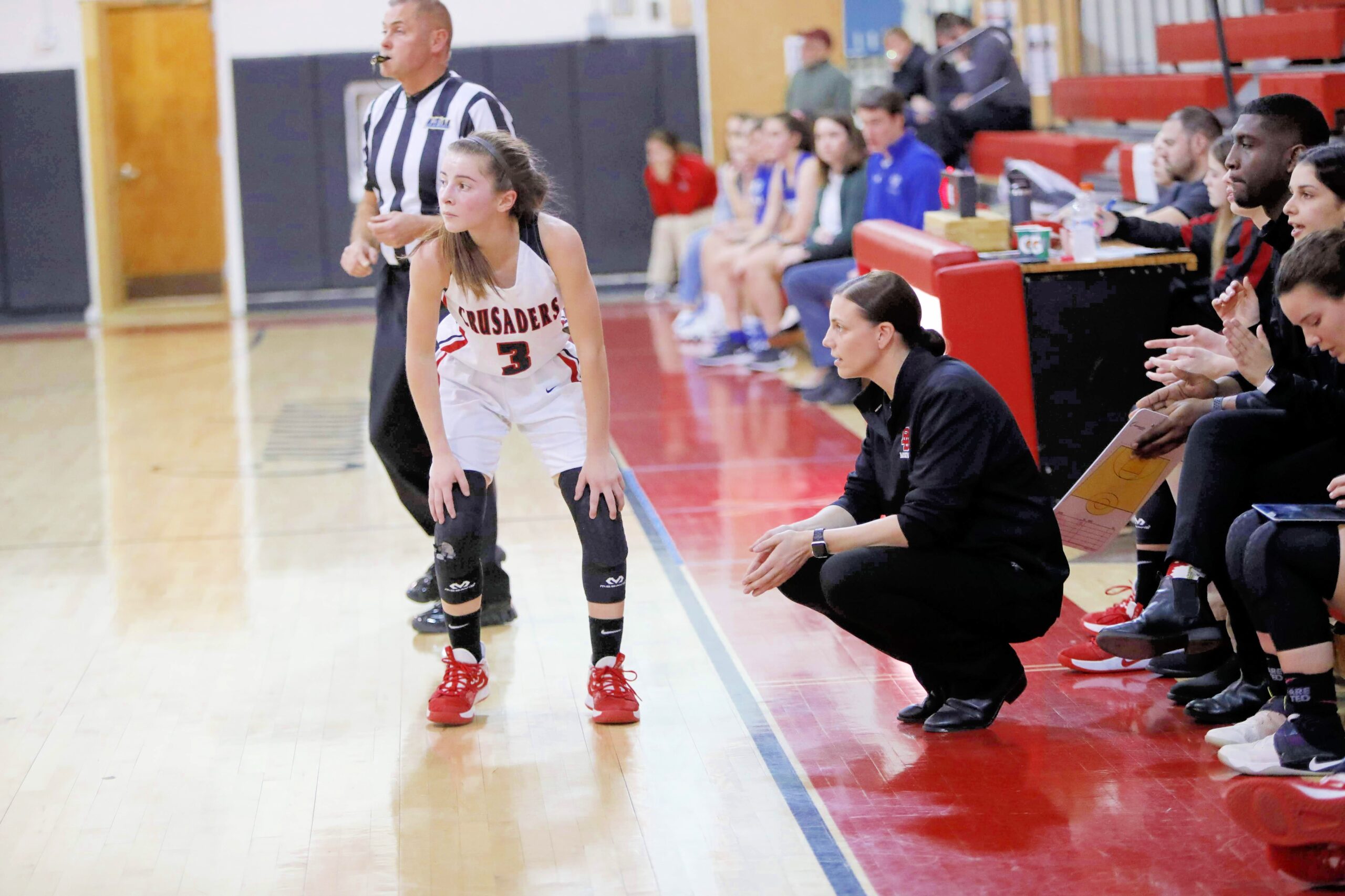Org Practice Call to Action
Measure the Impact of Coach Training
Quality coach training should lead to real, visible change for coaches and for the young people they support. Coaches should be able to apply what they’ve learned, and participants should feel the difference in their experience. To make that happen, organizations need to measure impact and effectiveness to ensure that the training is helping coaches meet key competencies and delivering desired outcomes.
→What this looks like when we get it right: Coaches everywhere receive relevant training that prioritizes safety, fosters belonging, builds skills, and is adapted based on feedback and measurement to increase effectiveness.
→Who can drive this change? Sports Governance; Program Operators; Data & Research

Why This Issue
To effectively implement coach training, organizations must clearly define the outcomes they hope to achieve. Training should clear goals that are measurable and relevant to the sport and the community it serves.
Getting Started
Start with safety and well-being. The physical and emotional safety of kids and teens must be the foundation of every training program. Coaches should be equipped with the knowledge and tools to create environments where kids feel secure, supported, and free to grow. This includes general safety practices as well as training tailored to the risks and realities of the specific sport.
Prioritize the athlete experience. Beyond safety, training should focus on improving the overall sport experience for young people. That includes social and emotional learning, which directly impacts trust, connection, and enjoyment. Coaches who understand these elements are better equipped to build relationships and foster a sense of belonging. Training in skill development is also essential. It gives kids competencies to build on as they grow and keeps them engaged, active, and having fun.
Measure what matters. To understand the effect of training, organizations need to track whether it’s making a difference. That means identifying the goals of training, then measuring whether coaches are meeting them. If they’re not, it’s time to reassess. It could mean improving the content, switching the training, changing the format, or offering more support.
Build in coach feedback. A key aspect of measuring impact is to hear directly from coaches. Give coaches a chance to share what they’ve learned and how it’s helped them (or not). This can uncover valuable insights and confirm whether coaches are seeing the benefits, which is essential to long-term success.